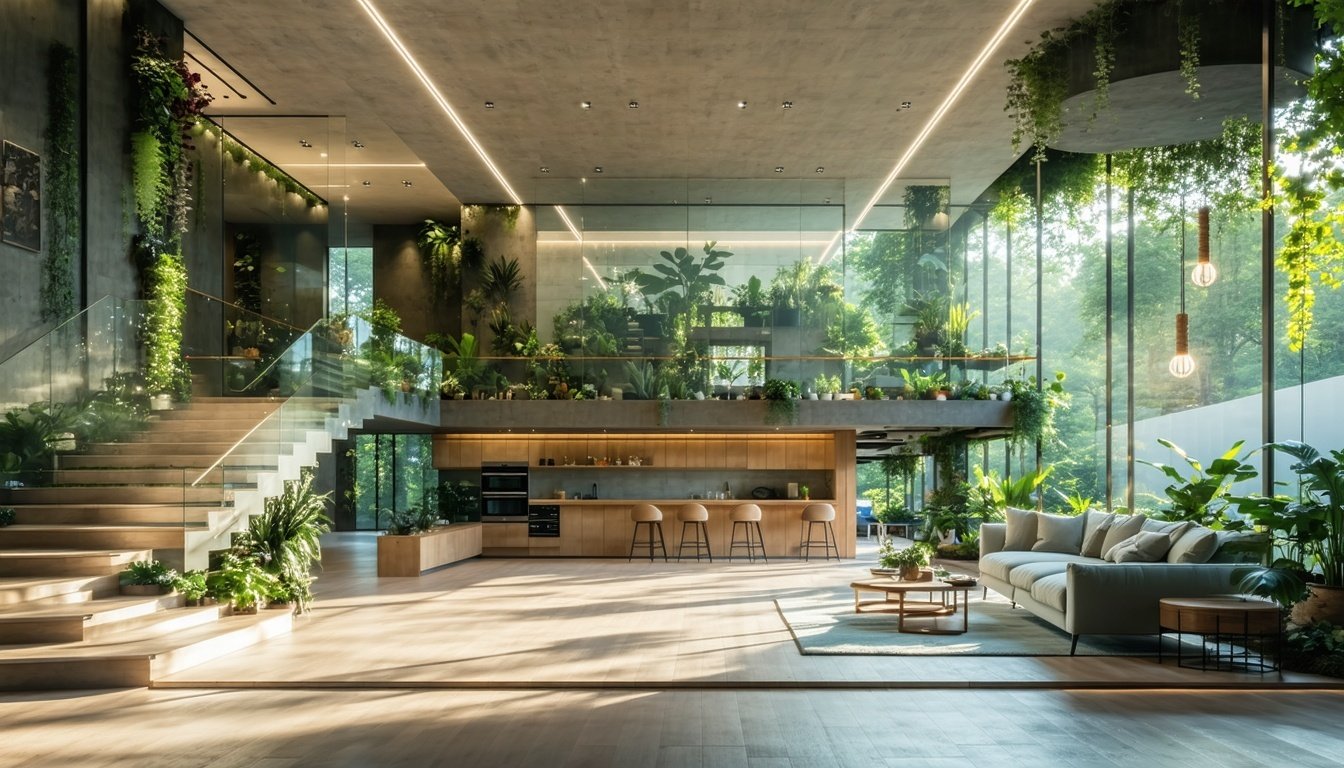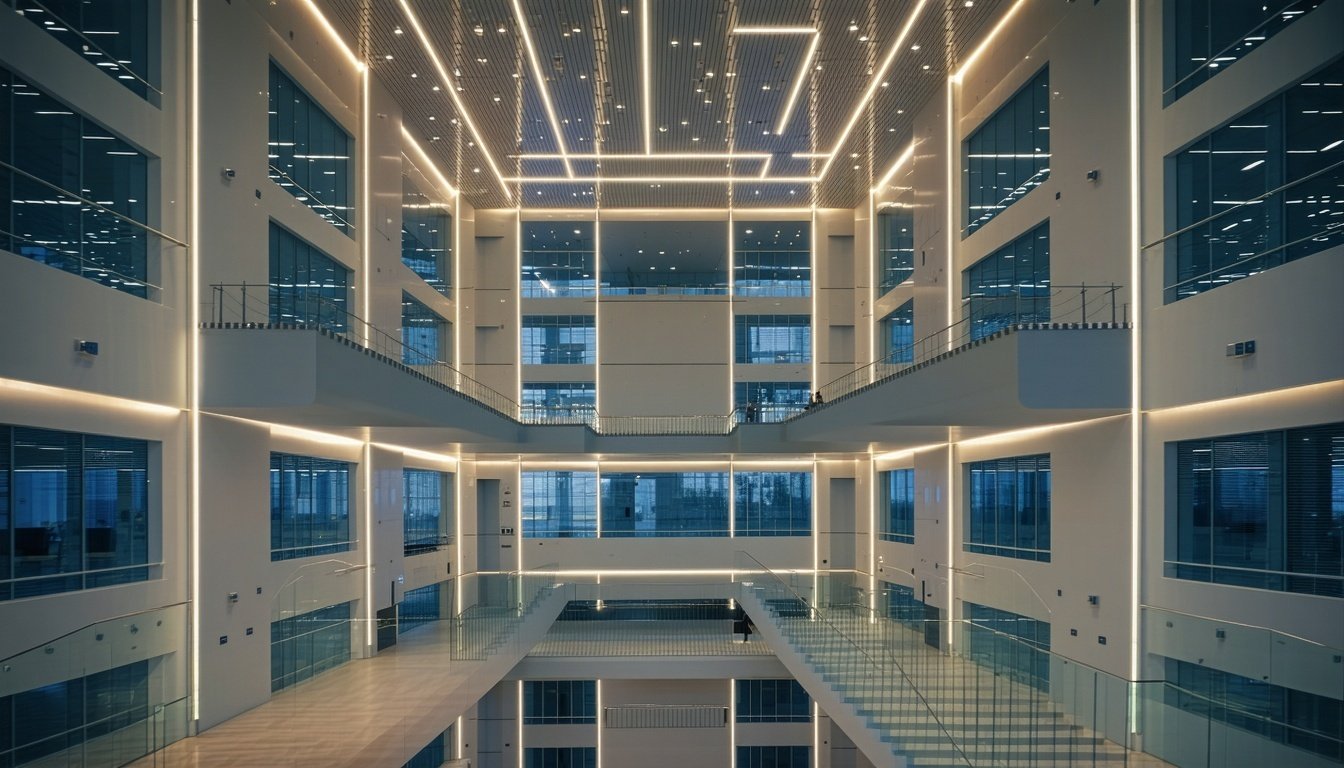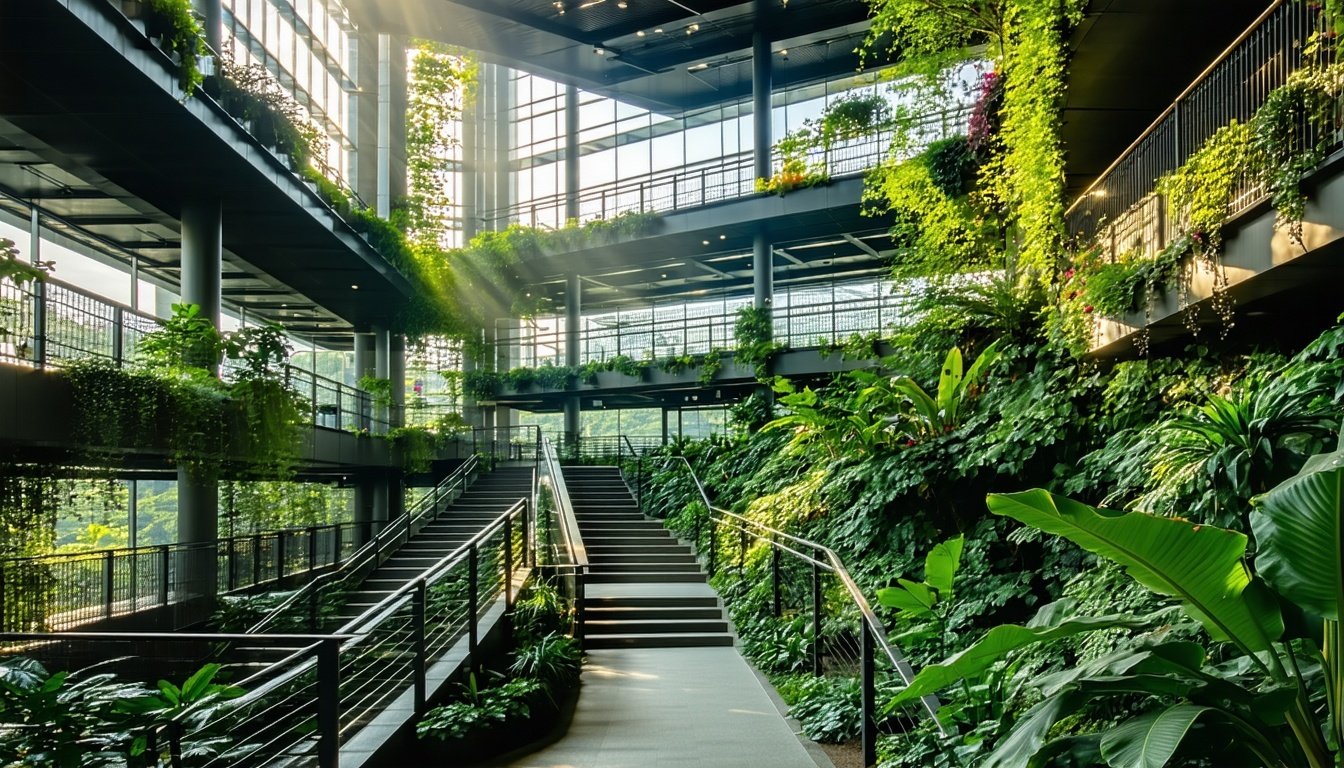Unlock the secrets to a more energy-efficient, comfortable, and sustainable home with Certified Energy's Passive House service.
Understanding Passive House Design: The Five Key Pillars
Passive House design is a rigorous building standard focused on maximising energy efficiency, comfort, and sustainability. This is achieved by optimising five key pillars: airtightness, mechanical heat recovery ventilation, insulation, glazing, and thermal bridge elimination. These elements work together to create buildings that require up to 90% less heating and cooling energy than traditional buildings, providing a more comfortable living environment and significantly reducing energy consumption.
Airtightness ensures that no unwanted air leaks into or out of the building, maintaining a stable indoor climate. Mechanical heat recovery ventilation systems provide fresh air while recovering heat from exhaust air, improving indoor air quality and energy efficiency. High-quality insulation minimises heat transfer, keeping interiors warm in winter and cool in summer. Advanced glazing solutions reduce heat loss and gain through windows, while thermal bridge elimination prevents heat from bypassing the insulation layer, ensuring consistent thermal performance.
If you want to dive deeper into Passive House standards, the design process and how our team can help you achieve your goals, please visit our Passive House service page. There you will find in-depth resources and professional advice to accompany you throughout your entire Passive House process
The Benefits of Passive House Construction
The benefits of Passive House construction are numerous and impactful. One of the most significant advantages is the drastic reduction in energy bills, as Passive Houses use up to 90% less energy for heating and cooling compared to conventional buildings. This leads to substantial cost savings for homeowners over the long term.
In addition to reduced energy costs, Passive Houses offer superior indoor comfort. The consistent temperature and high air quality create a healthier living environment. Furthermore, Passive House construction contributes to a reduced carbon footprint by lowering energy consumption and reliance on fossil fuels, aligning with global sustainability goals.
Achieving Passive House Benefits Without Full Certification
While full Passive House certification involves meeting strict standards across all five pillars, homeowners can still achieve most of the benefits by focusing on three key elements: insulation, glazing, and thermal bridge reduction, combined with manual ventilation. This approach allows for significant energy savings and improved comfort without the higher costs associated with full certification.
By investing in high-quality insulation, advanced glazing solutions, and eliminating thermal bridges, homeowners can create a highly energy-efficient home. Manual ventilation systems can also improve air quality and comfort, providing many of the advantages of a fully certified Passive House at a lower cost.
Investment Costs and Long-term Savings of Passive House Builds
Building a Passive House typically involves additional upfront costs, generally ranging from 10-30% more than conventional construction. However, these investments pay off over time through significant energy savings and increased property value. The reduced energy bills alone can offset the initial costs within a few years, making Passive House construction a financially sound decision in the long run.
Moreover, the superior comfort, air quality, and sustainability of Passive Houses can enhance the overall value of the property. As energy efficiency becomes more important to buyers, homes built to Passive House standards are likely to become increasingly attractive in the real estate market.
Certified Energy: Your Partner in Building Energy-Efficient Homes
Certified Energy is dedicated to helping clients design and build energy-efficient homes tailored to the Australian climate. With our expertise in Passive House design, we guide homeowners, builders, and developers through the process of creating sustainable and comfortable living spaces. Whether you are aiming for full Passive House certification or a high-performance alternative, our team provides the knowledge and support needed to achieve your goals.
Contact Certified Energy today for expert advice and support in creating your energy-efficient home. Our tailored solutions ensure that you enjoy the benefits of reduced energy bills, superior comfort, and a reduced carbon footprint. Let us help you build a better, more sustainable future.







